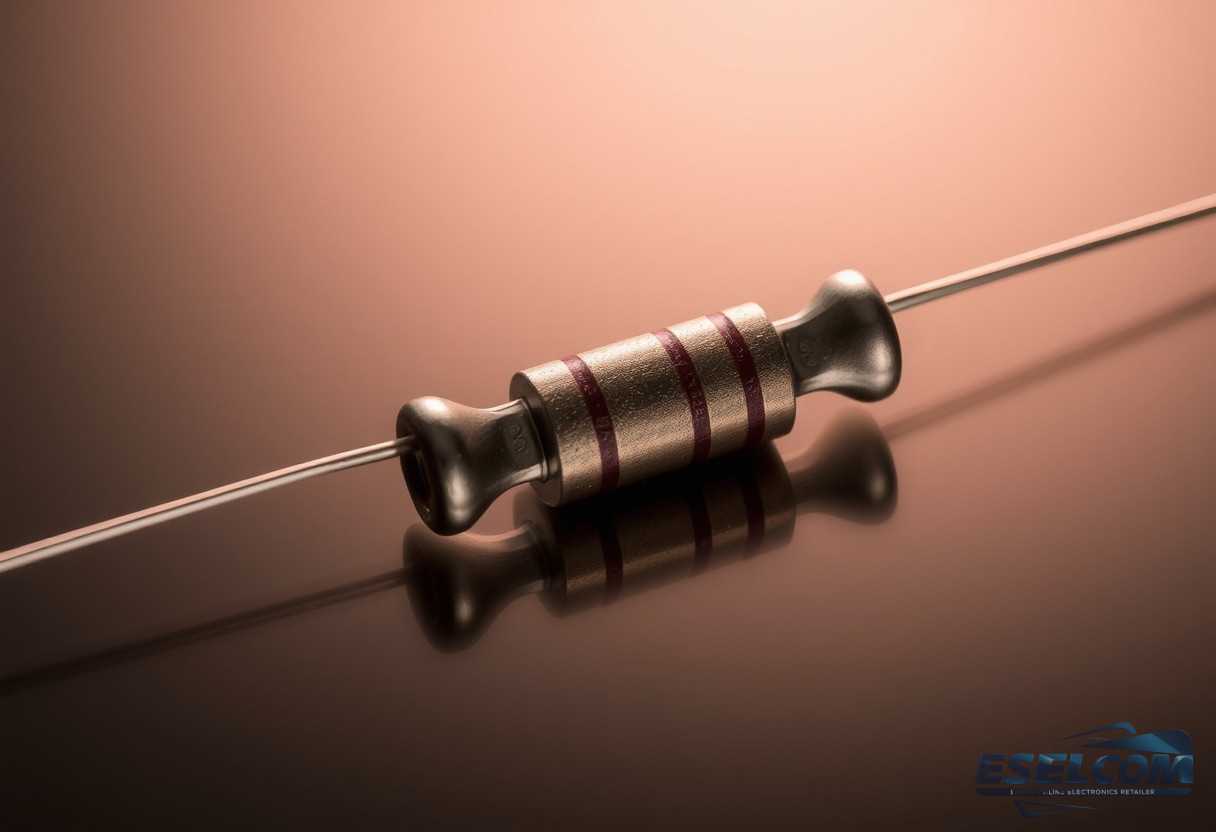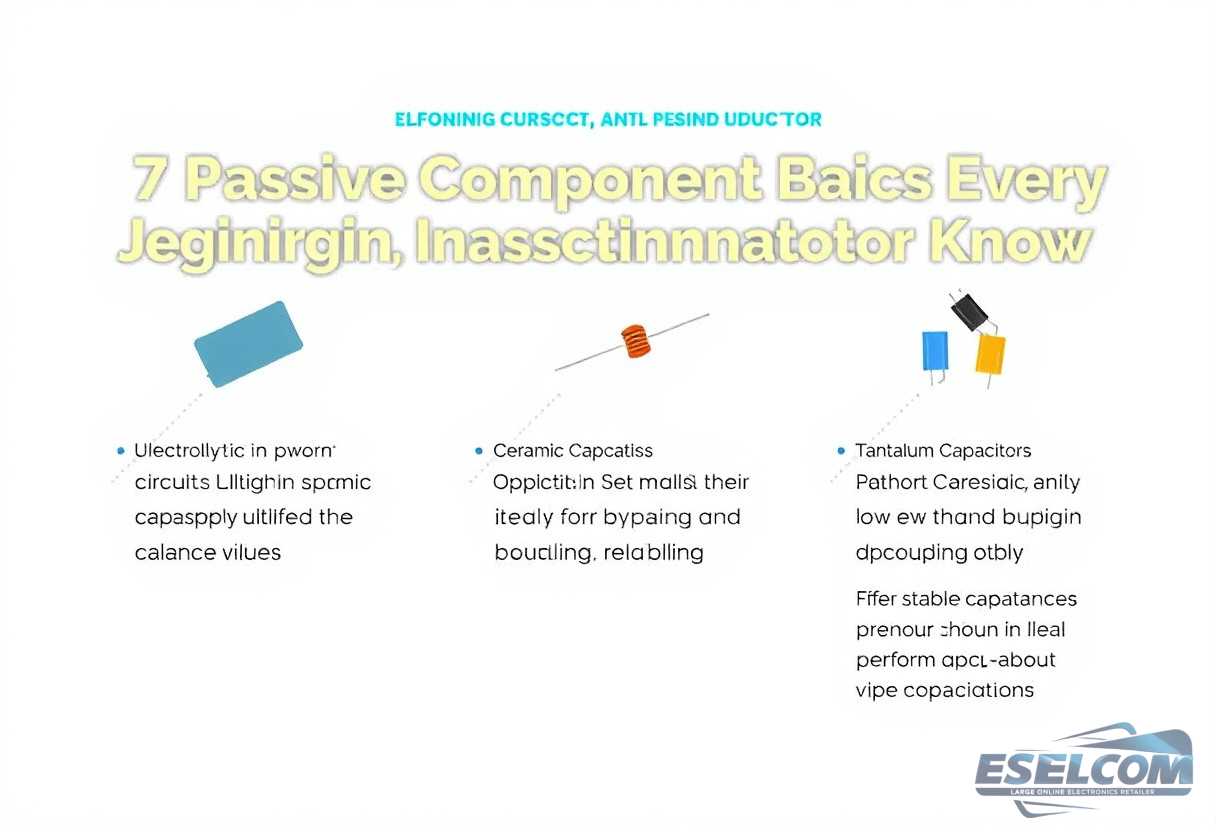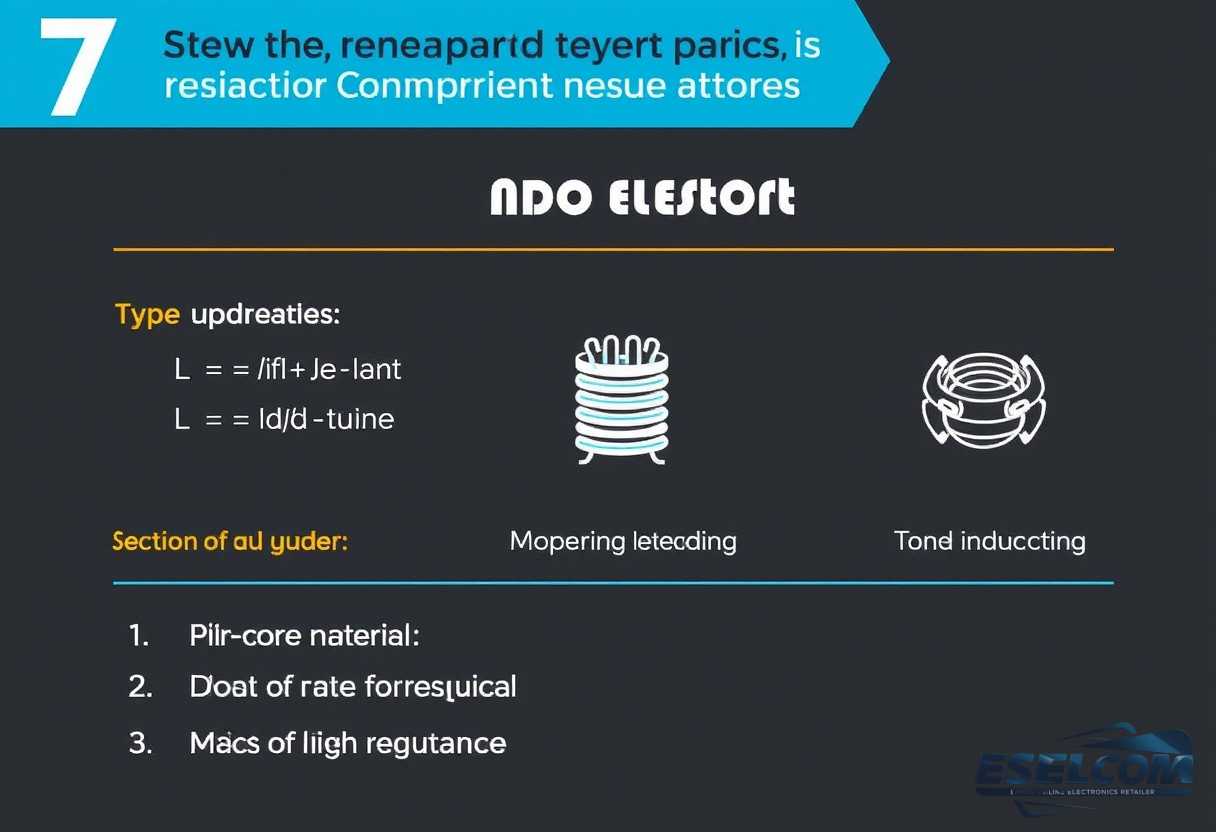A Beginner’s Guide to Passive Components: Resistors, Capacitors, and Inductors
In the realm of electronics, understanding the basics of passive components is fundamental. Passive components are integral to circuit design and function without requiring an external power source. This guide will delve into the passive component basics, focusing on three key elements: resistors, capacitors, and inductors. Each section will detail their function, types, applications, and key specifications.
What are Passive Components?
Passive components are electronic components that do not introduce energy into the circuit. They can store energy in the form of capacitors and inductors or dissipate energy as resistors. Understanding the characteristics and functionality of these components is essential for anyone involved in electronics. Below are the three primary types of passive components:
- Resistors
- Capacitors
- Inductors
Resistors
What is a Resistor?
A resistor is a passive component that resists the flow of electrical current. It reduces current flow and is essential in controlling voltage and current within a circuit. Resistors are measured in ohms (Ω) and can be classified into various categories:
- Fixed Resistors
- Variable Resistors (Potentiometers)
- Specialty Resistors (Thermistors, Photoresistors)
How Do Resistors Work?
Resistors operate based on Ohm’s law, which states that the current (I) through a conductor between two points is directly proportional to the voltage (V) across the two points and inversely proportional to the resistance (R). The formula can be expressed as:
V = I × R
Types of Resistors
There are two main categories of resistors:
- Carbon Composition Resistors: Made from a mix of carbon powder and a binder, these are typically found in consumer electronics.
- Metal Film Resistors: Known for their precision and stability, metal film resistors are ideal for high-frequency applications.
Applications of Resistors
Resistors are used in a variety of applications including:

- Voltage Division
- Current Limiting
- Signal Attenuation
- Pull-Up or Pull-Down Networks
Choosing the Right Resistor
When selecting a resistor, consider the following specifications:
- Resistance Value
- Power Rating
- Tolerance
- Temperature Coefficient
For a reliable and versatile option, consider the XC6120C402NR-G resistor, optimal for various electronic applications, due to its compact size and stable performance under different conditions.
Capacitors
What is a Capacitor?
A capacitor is a passive component that stores and releases electrical energy. It consists of two conductive plates separated by an insulating material called a dielectric. Capacitors are essential in various applications, including filtering, timing, and coupling in electronic circuits.
How Do Capacitors Work?
Capacitors charge when connected to a voltage source and discharge when the source is removed. The amount of charge stored is given by:
Q = C × V
Where:
- Q = Charge in coulombs
- C = Capacitance in farads
- V = Voltage in volts
Types of Capacitors
Capacitors can be classified into several types, including:

- Electrolytic Capacitors: Utilized in power supply circuits due to their high capacitance values.
- Ceramic Capacitors: Known for their small size and reliability, ideal for bypassing and decoupling applications.
- Tantalum Capacitors: Offer stable capacitance and low leakage current, often used in high-performance applications.
Applications of Capacitors
Capacitors have a wide range of applications, including:
- Energy Storage
- Filtering Signals
- Timing Circuits
- Smooth Output in Power Supplies
Choosing the Right Capacitor
When selecting a capacitor, consider:
- Capacitance Value
- Voltage Rating
- Type of Dielectric
- ESR (Equivalent Series Resistance)
The 300-30643 capacitor is highly recommended for applications requiring both reliability and efficiency in energy storage.
Inductors
What is an Inductor?
An inductor is a passive component that stores energy in a magnetic field when electrical current passes through it. Inductors are essential in circuit designs for filtering, energy storage, and electromagnetic interference suppression.
How Do Inductors Work?
Inductors work on the principle of electromagnetic induction. As the current through the inductor changes, it creates a magnetic field which also induces a voltage according to Lenz’s law. The relationship can be represented as:
V = L × (di/dt)
Where:
- V = Induced voltage
- L = Inductance in henries
- di/dt = Rate of change of current

Types of Inductors
Inductors can be categorized into several types:
- Air-Core Inductors: These have no core material and are often used in high-frequency applications.
- Iron-Core Inductors: Utilize ferromagnetic materials to increase inductance and are used in power applications.
- Ferrite-Core Inductors: Used in high-frequency applications due to their efficiency in magnetic energy storage.
Applications of Inductors
Inductors are widely used in various applications, including:
- Power Supply Filtering
- Transformers
- Oscillator Circuits
- Chokes for EMI Suppression
Choosing the Right Inductor
Key specifications to consider when selecting an inductor include:
- Inductance Value
- Current Rating
- DC Resistance
- Core Material
The Interplay Between Resistors, Capacitors, and Inductors
In electronic circuits, resistors, capacitors, and inductors often work together to achieve specific functionalities. This interplay is crucial in creating effectively designed circuits that meet desired specifications. For instance, in a simple RC (resistor-capacitor) circuit, the resistor limits the current while the capacitor stores energy, influencing how signals are processed.
Resonant Circuits: When combined in LC (inductor-capacitor) circuits, these components can create resonant circuits, which oscillate at a particular frequency determined by the values of the resistor, capacitor, and inductor.
Understanding this synergy is particularly important in communication circuits and audio electronics, where the right combination ensures optimal performance.
Conclusion
Understanding the passive component basics of resistors, capacitors, and inductors is imperative for anyone venturing into electronics. Each component plays a unique role in circuits, and knowing their functionalities, types, and applications enhances your capability to design and troubleshoot electronic systems effectively. The knowledge acquired through this guide serves as a solid foundation for further exploration in the field of electronics.
